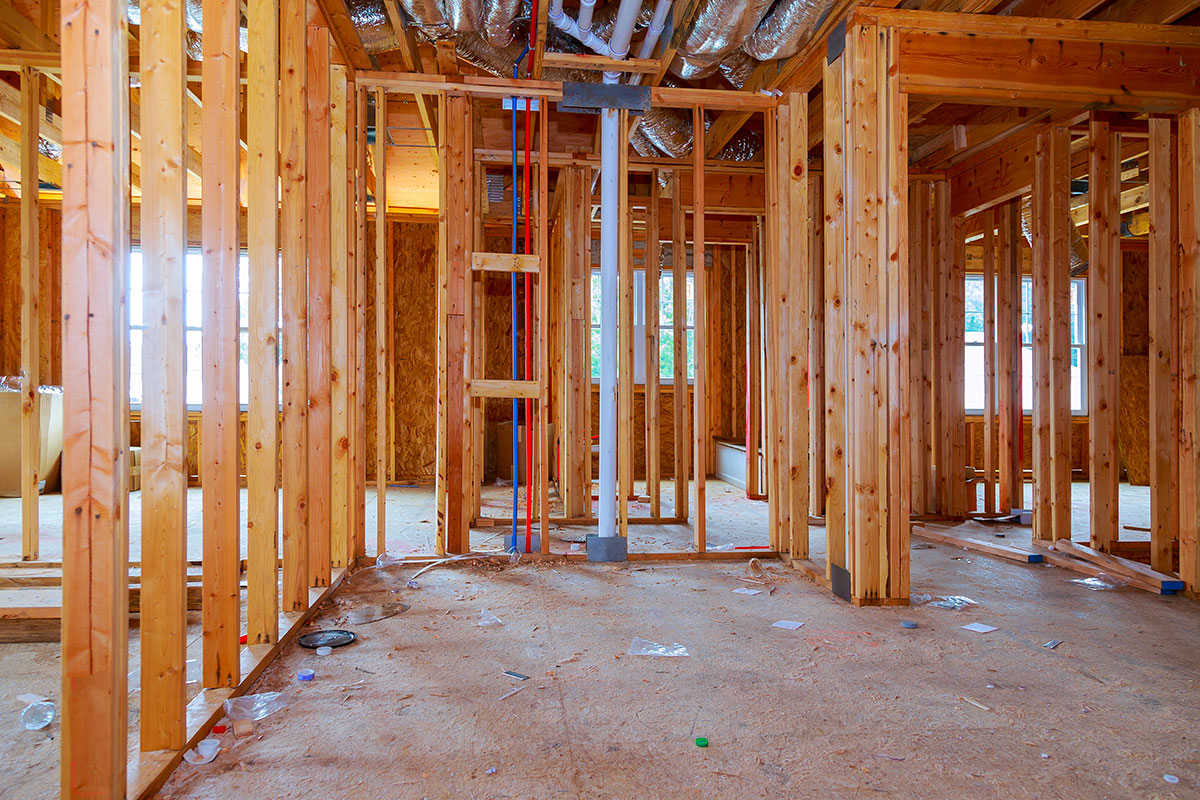House framing is a critical aspect of home construction that influences not only the structural integrity but also the accessibility and usability of a residence for individuals of all abilities. In recent years, there has been a growing emphasis on designing homes that are inclusive and accessible, ensuring that they cater to diverse needs and preferences. This article explores the importance of thoughtful house framing design in creating accessible living spaces.
Understanding House Framing
House framing serves as the skeleton of a home, providing support for walls, floors, and roofs. Traditionally, framing techniques have focused primarily on structural strength and cost efficiency. However, modern advancements in construction practices have expanded the scope to include considerations for accessibility. For instance, the layout and placement of load-bearing walls and beams can impact the ease of movement within a home, particularly for individuals with mobility challenges.
Importance of Accessibility in House Framing
Enhancing Mobility and Functionality
Accessibility in house framing design encompasses a wide range of considerations aimed at enhancing mobility and functionality for all occupants. This includes wider doorways and hallways to accommodate wheelchairs and walkers, as well as strategically placed grab bars and handrails for support. By integrating these features into the initial framing plans, homeowners can ensure that their living spaces remain adaptable to evolving needs.
Incorporating Universal Design Principles
Universal design principles advocate for spaces that are usable by people of all ages and abilities without the need for adaptation or specialized design. In the context of house framing, this translates to thoughtful placement of structural elements that facilitate easy navigation and usability. For example, lever-style door handles are easier to operate than traditional knobs, making them a practical choice for households with elderly or disabled members.
House Framing Design LA Balancing Aesthetics and Accessibility
Regional Considerations in Framing Design
In regions like Los Angeles (LA), house framing design takes on a unique perspective influenced by local architectural styles, climate conditions, and seismic safety regulations. Builders and architects in LA must navigate these factors while also ensuring that homes are accessible and compliant with the Americans with Disabilities Act (ADA). This requires a nuanced approach where aesthetics and accessibility are seamlessly integrated into the framing process.
Sustainable Framing Practices
Beyond aesthetics and accessibility, there is a growing emphasis on sustainable framing practices in LA and other urban centers. Sustainable farming involves using materials that are environmentally friendly and energy-efficient, such as engineered wood products and insulated concrete forms. These materials not only contribute to a reduced carbon footprint but also enhance the overall durability and resilience of the home’s framing structure.
Innovations in House Framing for Accessibility
Advanced Framing Techniques
Advancements in construction technology have led to the development of advanced framing techniques that optimize material use and energy efficiency while also improving accessibility. Techniques such as panelized construction and modular framing allow for precise assembly off-site, reducing construction time and minimizing on-site waste. These methods can be tailored to incorporate accessibility features seamlessly, ensuring that homes are both functional and environmentally sustainable.
Smart Home Integration
The concept of a smart home goes beyond mere automation; it also includes features that enhance accessibility and convenience for occupants. Smart home technologies can be integrated into house framing design LA to provide functionalities such as voice-activated controls, automated lighting, and temperature adjustments. These features are particularly beneficial for individuals with disabilities, allowing them to manage their living environment with ease independently.
Summary
In conclusion, house framing design plays a crucial role in creating accessible homes that cater to the diverse needs of occupants, including those with disabilities or mobility challenges. By prioritizing accessibility in framing plans and incorporating universal design principles, builders and homeowners can create living spaces that are functional, sustainable, and aesthetically pleasing. In regions like Los Angeles, where unique architectural styles and environmental considerations abound, integrating accessibility into house framing design is essential for ensuring that homes are inclusive and compliant with local regulations. As construction practices continue to evolve, the emphasis on accessibility in house framing design will likely grow, paving the way for more inclusive communities and a better quality of life for all.











